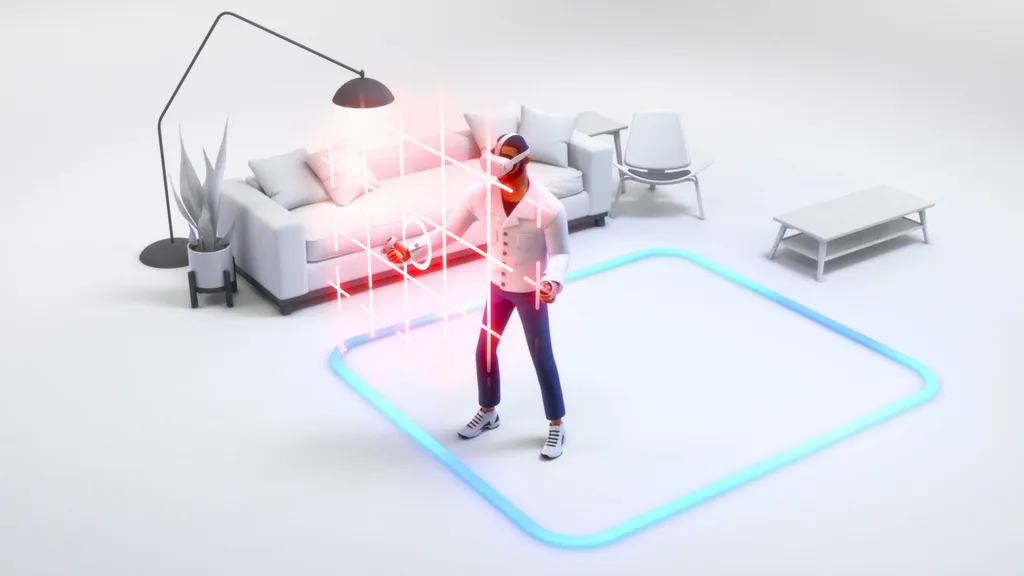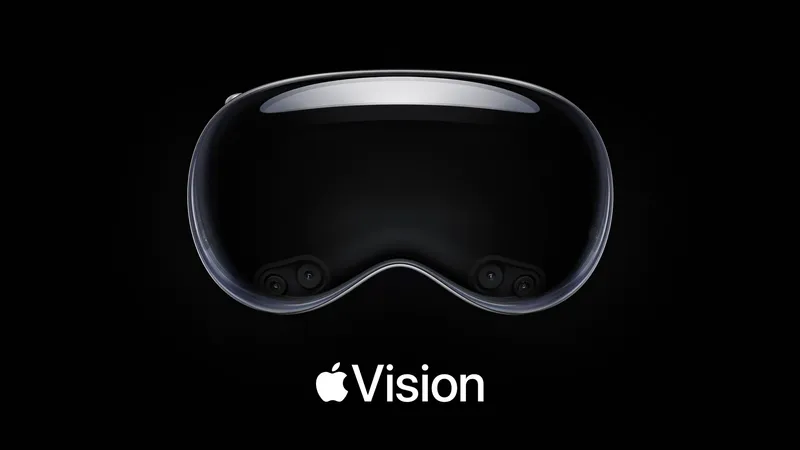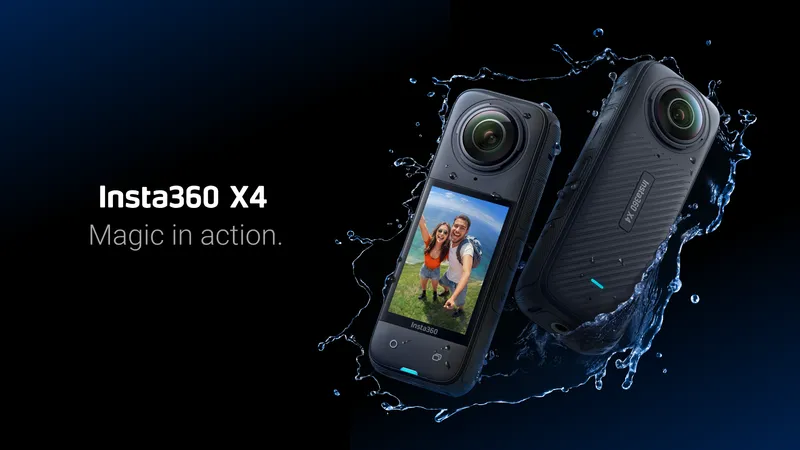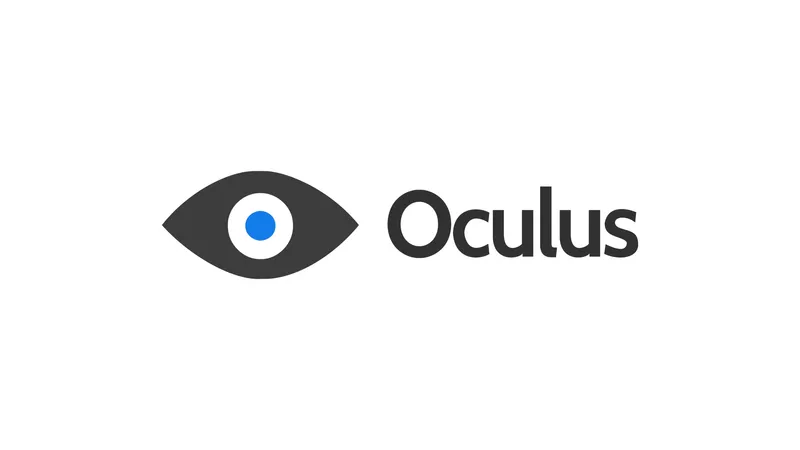Meta explained the setting all Quest owners should enable to make the headset much better at remembering its safety boundary.
Each time you start using your Quest the headset tries to recognize your surroundings to load up the safety boundary you previously drew.
In the Quest v60 system software update, released back in December, Meta said that it had added "cloud computing capabilities" to the safety boundary system that it said lets the headset remember more boundaries.
To activate this on your headset you need to enable 'Share point cloud data' in Settings -> Privacy -> Device Permissions.

Now four months later, Meta is going into detail as to what this setting does and how effective it is, and is branding the feature visual positioning system (VPS).
Meta says VPS uses "cloud storage and computing power" to store and process "more accurate and more robust spatial maps, making it more resilient to changes like lighting variations between day and night, changing clutter, and more", as well as supporting more rooms.
These spatial maps are point clouds, ie. collections of 3D coordinates, and don't include actual images of your room.
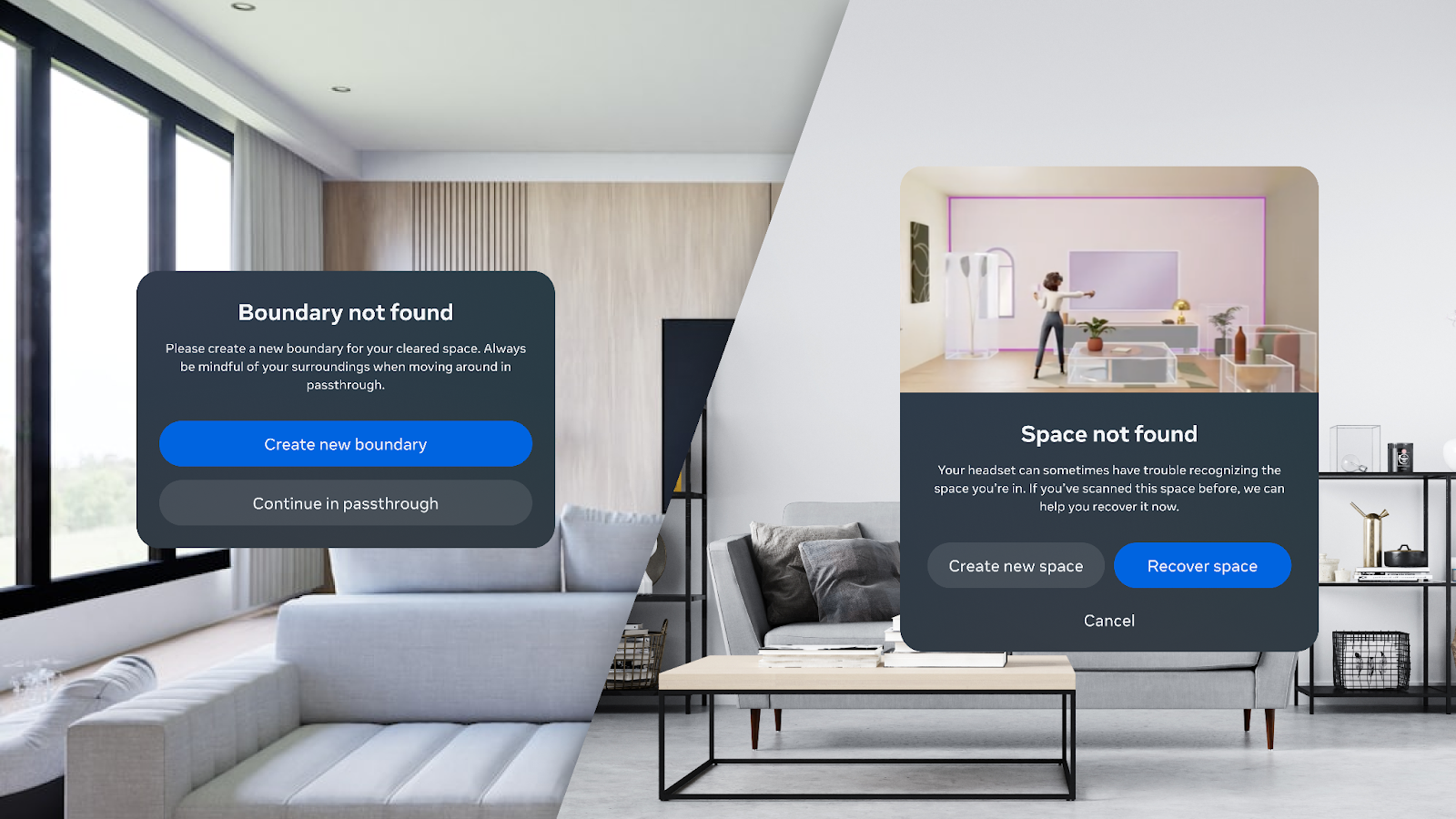
Meta claims VPS has "already helped Quest users get into their apps faster more than 100 million times" and that with VPS and other tracking system improvements the company has reduced the frequency of "Boundary not found" prompts by 50%.
This same point cloud matching is used in recalling Quest 3's mixed reality 3D room mesh, reducing frustrating instances of needing to rescan the room.
"Share point cloud data" remains an optional Quest feature, but enabling it should significantly reduce the friction involved in needing to set up your space before jumping into the VR or MR content you want to use.

